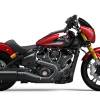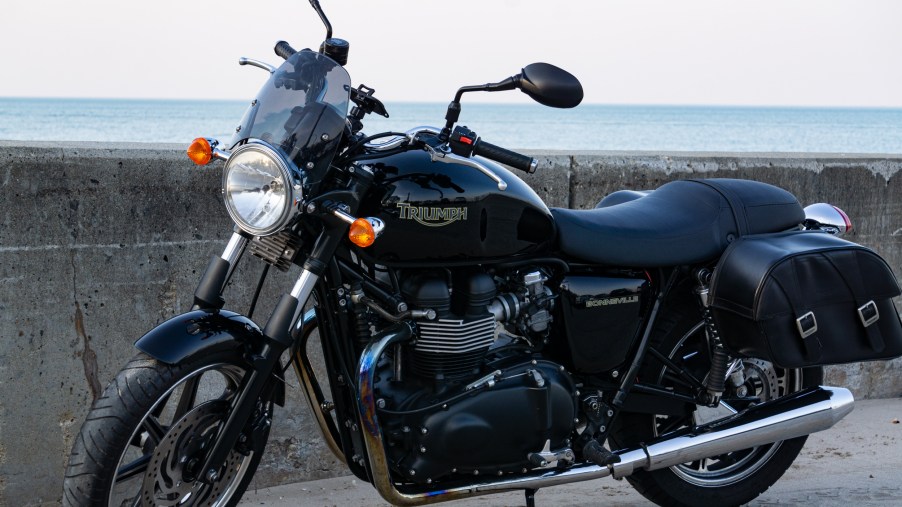
A Rented 2009 Triumph Bonneville Is All Zen, No Maintenance
It’s hard to overstate the Bonneville’s iconic status and importance to Triumph and its fanbase. Although it’s not the only classic-style bike on sale today, it’s arguably one of the most recognizable. And with an updated version about to hit dealers, I wanted to see what an earlier model was like to ride. So, I rented a 2009 Triumph Bonneville from Twisted Road and very quickly wanted to keep it.
2009 marked the beginning of a new era for the Triumph Bonneville
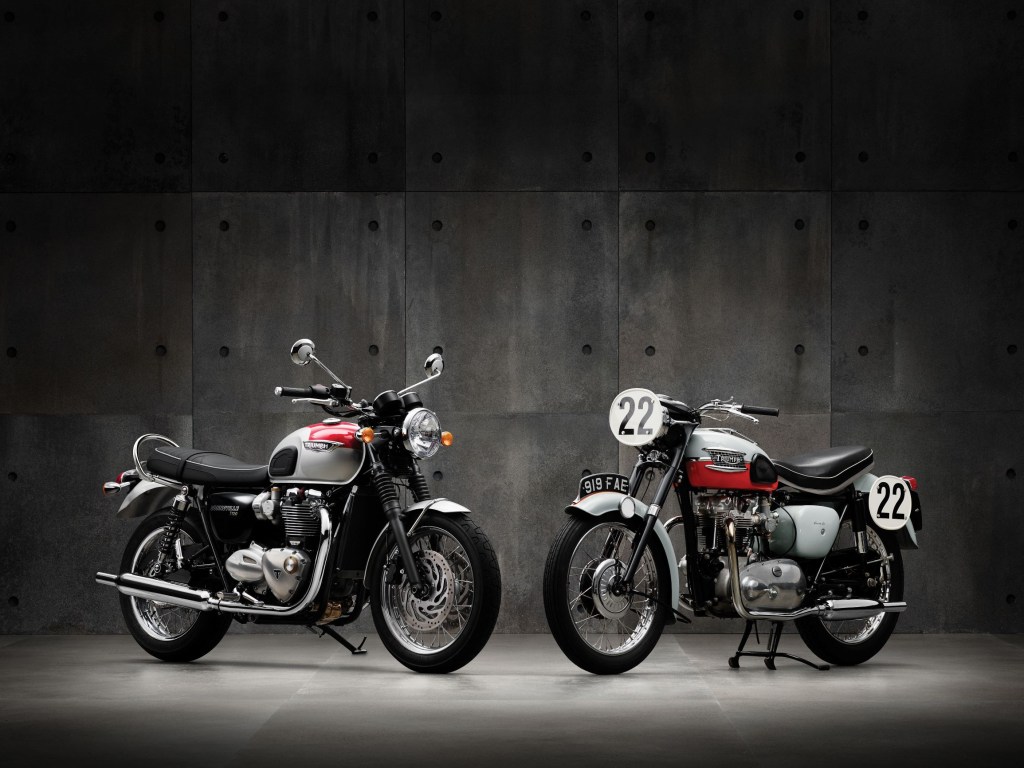
The original Bonneville’s production run lasted from 1959 until 1983 when Triumph itself went into liquidation. And while a few licensed models were built after that, the first ‘modern’ Bonneville arrived for the 2001 model year, Bennetts reports. Styled like its classic forebear, the 2001 Triumph Bonneville packed a 790cc air-cooled parallel-twin engine that was enlarged in 2007 to 865cc, Bennetts and Motorcyclist report.
2009, though, saw the Triumph Bonneville get an even more significant update. Up until now, every Bonneville had used carburetors. And admittedly, even in the late 2000s, that wasn’t necessarily unusual. But in 2009, Triumph swapped the Bonneville’s carbs for fuel injectors, albeit ones disguised to look like carburetors, Motorcyclist reports. And with EFI, the bike’s 865cc air/oil-cooled parallel-twin makes 67 hp and 51 lb-ft sent to the rear wheel via a five-speed transmission, Cruiser reports.
For 2009, Triumph offered the Bonneville in three trims: base, SE, and T100. The SE has a few extra features, including different paint schemes, a tachometer, and more chrome, Motorcyclist and Rider report. But the base bike does have the same lighter-weight cast wheels as the SE, Motorcycle Mojo reports.
The reduced unsprung weight also let Triumph retune the base Bonneville’s and Bonneville SE’s suspension in 2009 and revise their geometries, Motorcyclist reports. Plus, the 2009 Bonneville has a lower seat than the 2008 model, along with handlebars that are lower and further back.
I only wish I could’ve spent more time with my reliable 2009 Triumph Bonneville rental
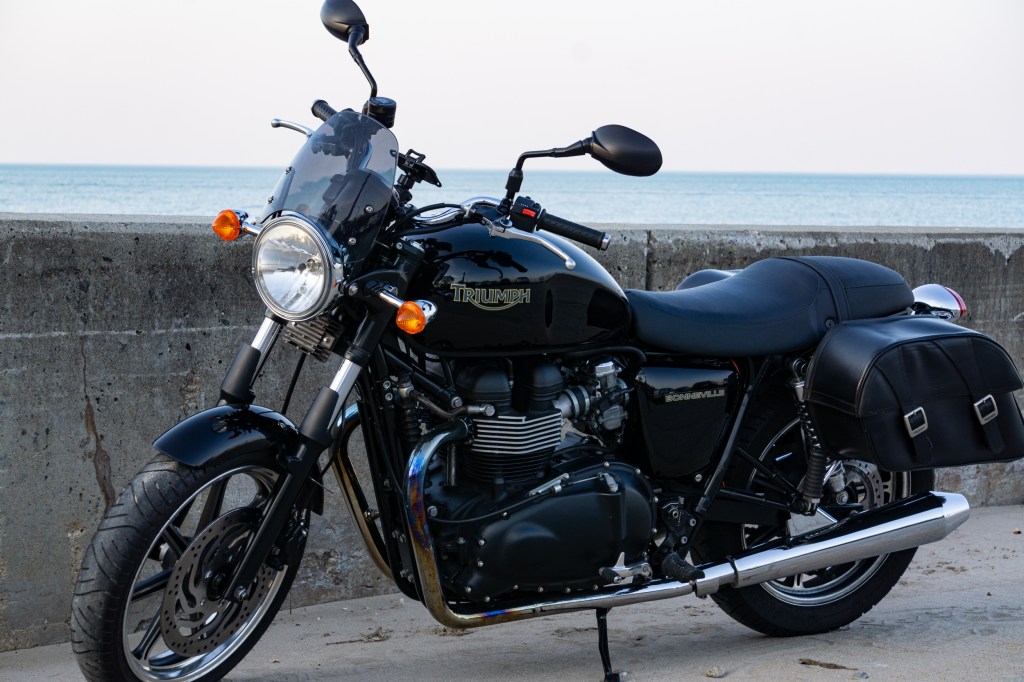
The 2009 Triumph Bonneville I rode was a rental I got via Twisted Road. And apart from Triumph Street Triple mirrors and a smartphone holder, it was in factory-stock condition. Plus, the owner fitted it with a Triumph accessory windscreen and saddlebags.
Let me start by saying the 2009 Triumph Bonneville isn’t perfect. Compared to my 2012 Street Triple R, the EFI isn’t quite as smooth during moments of low-throttle. It’s maybe 85% of the way there. And the lack of a tachometer means throttle-blip downshifts are a bit tricky initially.
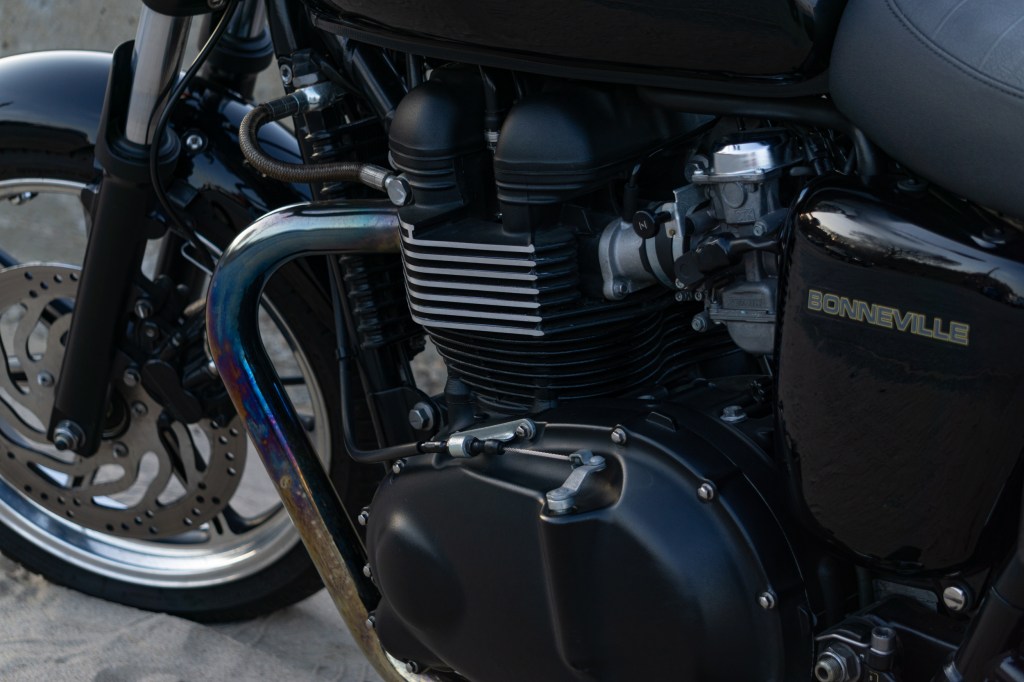
Plus, because the 2009 Bonneville only has one front brake disc as opposed to the Street Triple’s dual ones, braking to a stop requires a firmer push/pull. Its clutch bite point is also vaguer, though the clutch itself is very forgiving. Having to pull a ‘high idle’ switch for cold starts was a bit odd, as is the ignition switch location. And I prefer having two separate turn-signal indicator lights to only one.
But the biggest problem, really, with the 2009 Triumph Bonneville was that I didn’t have it for longer. Because getting on this bike and just riding was one of the most mentally relaxing things I’ve done in some time. And after three days and just under 100 miles, I didn’t want to give the key back.
The Bonneville is just a great all-around motorcycle
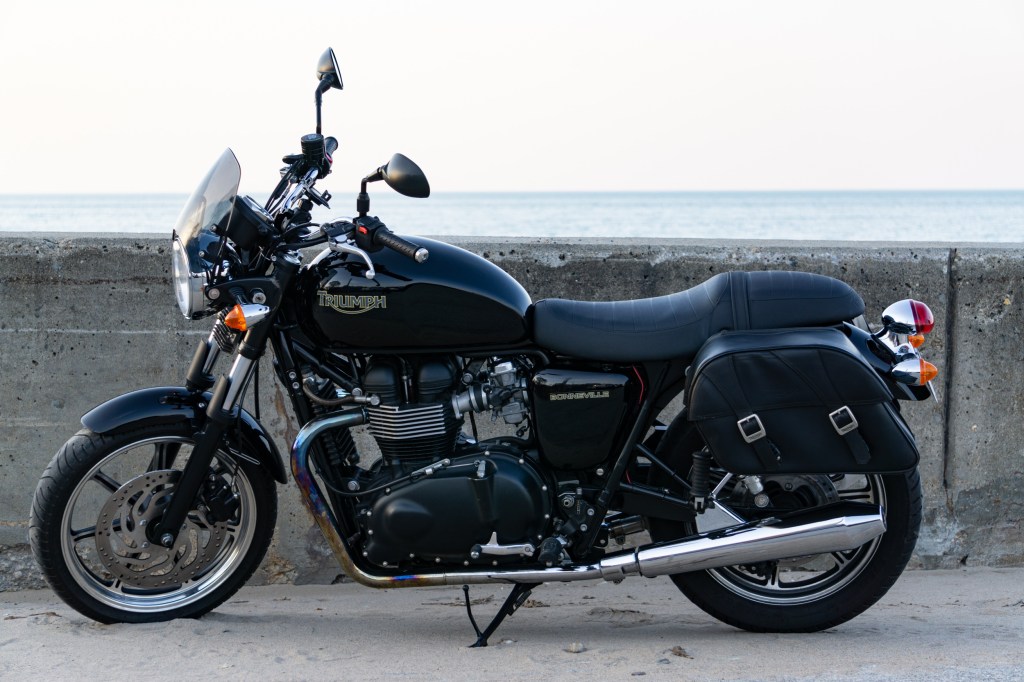
Being a standard, the 2009 Triumph Bonneville doesn’t fall into turns as easily as my Street Triple R. And I experienced a bit of what Cycle World described as “a slight gyroscopic resistance to turn-in.” But it’s still a fun and composed bike to ride down a twisty road. And the benefit is the Bonneville is extremely stable, which is a boon for many beginning riders.
Plus, what the 2009 Triumph Bonneville gives up in sportiness, it makes up for in overall enjoyable riding. The seat and suspension are comfortable enough to make multi-hour trips a breeze. Ditto the riding position, with well-placed handlebars that put no pressure on your wrists. And the shifter is very slick; I never encountered false neutrals.
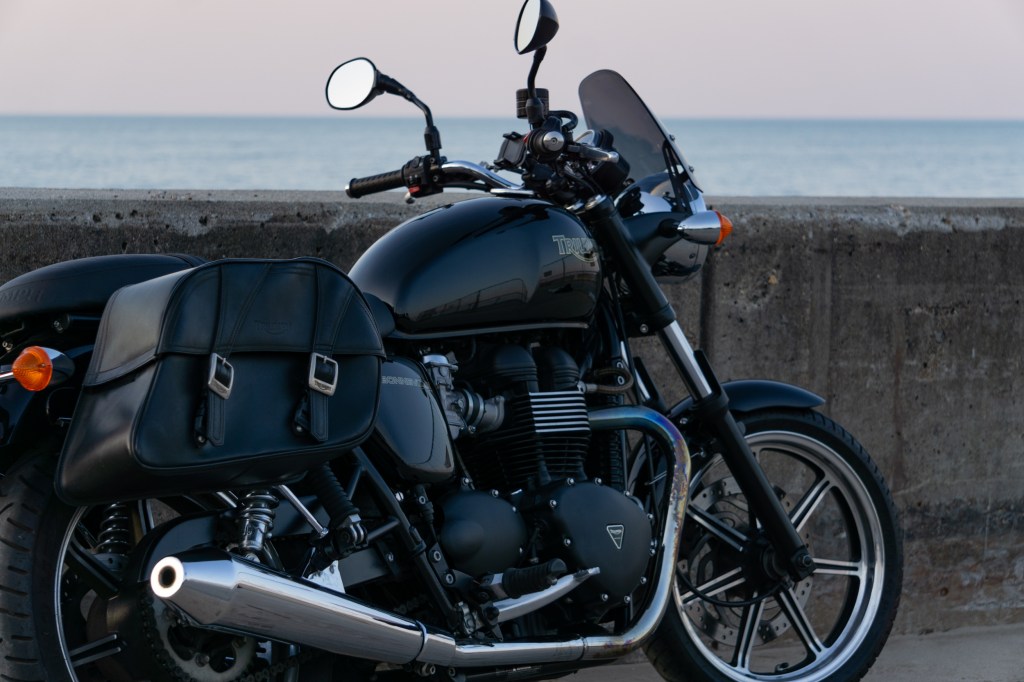
Then there’s the engine. Admittedly, it could be slightly louder—I had trouble hearing it at times while wearing earplugs. And since there’s no tachometer, shifting by ear is kind of crucial. But you don’t have to rev the 865cc parallel-twin because you just surf along on a wave of low-end torque. It actually feels faster than my naked bike in that regard precisely because of that low-end twist.
And while somewhat subdued, the engine sounds and feels a bit like a large, smooth old-fashioned sewing machine. I mean that in the best way possible. Plus, when you close the throttle, the exhaust crackles delightfully. Having that soundtrack echoing in the back of my skull while eating up the early springtime miles was simply sublime.
Getting one shouldn’t be too difficult, though
If, like me, you now want to get a fuel-injected Triumph Bonneville of your own, know that they’re fairly reliable bikes. The biggest issue tends to be a wiring junction failure, Bennetts reports, usually caused by water getting in the harness. I didn’t experience this, but then, I only had the bike for three days.
As far as pricing goes, 2016 and later Bonnevilles tend to command higher price tags, and not just because they’re newer. Triumph updated the Bonneville for 2016, added more features, and split the lineup between T120 and T100 models. But the 2009-2015 models are still good bikes and reasonably affordable. You can find a decent-condition example on Cycle Trader for as little as $5000-$6000.
So go on, and find your own Zen.
Follow more updates from MotorBiscuit on our Facebook page.
